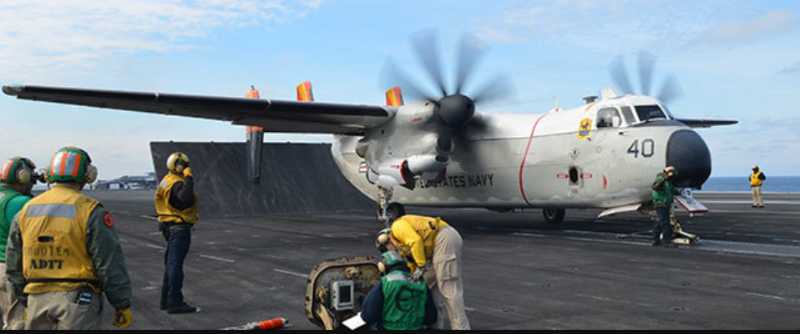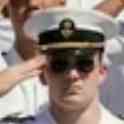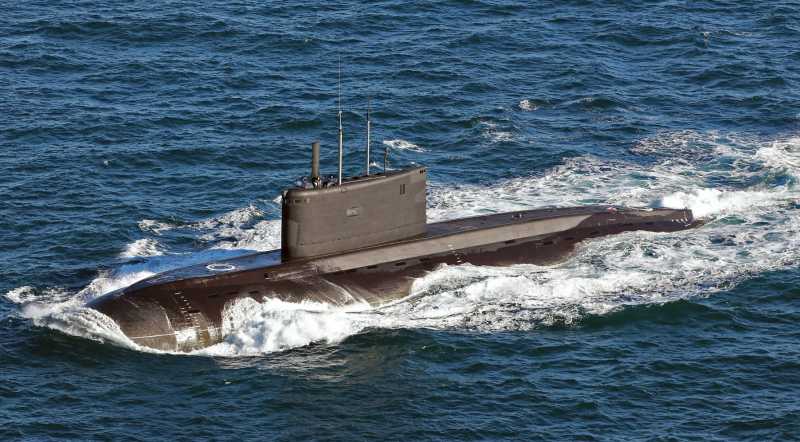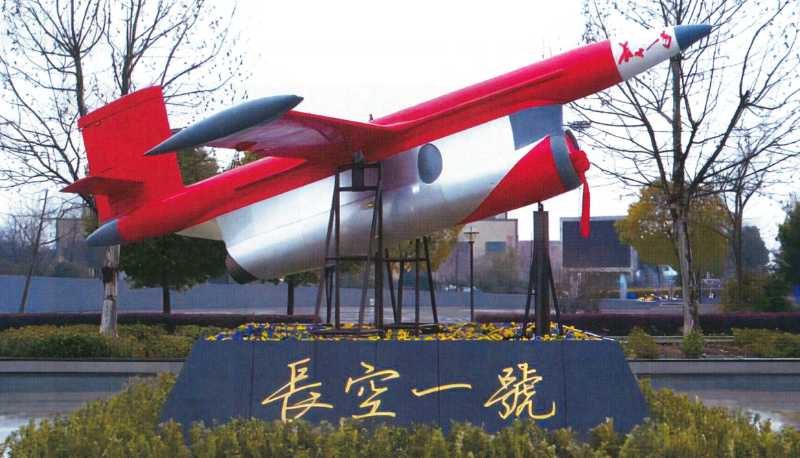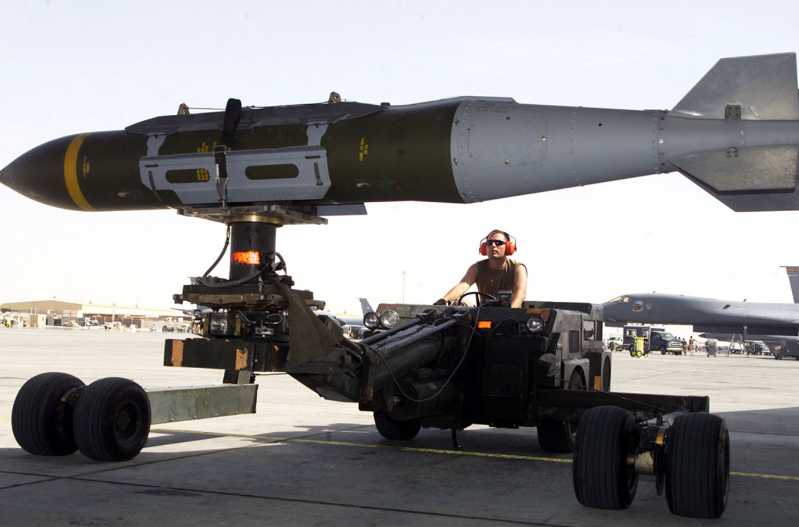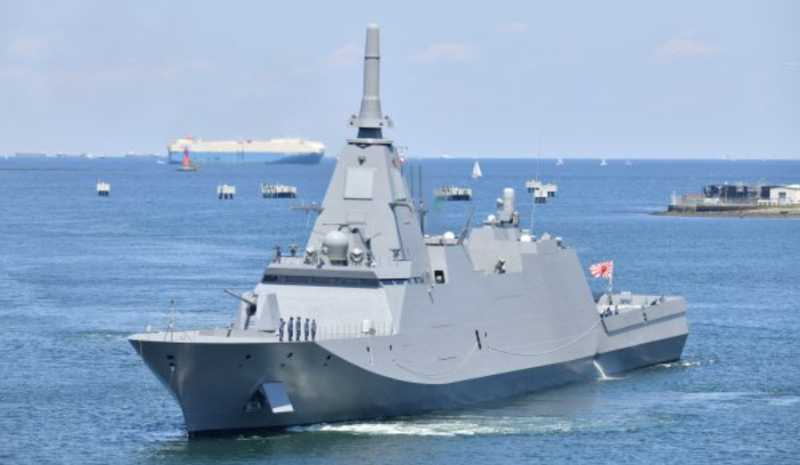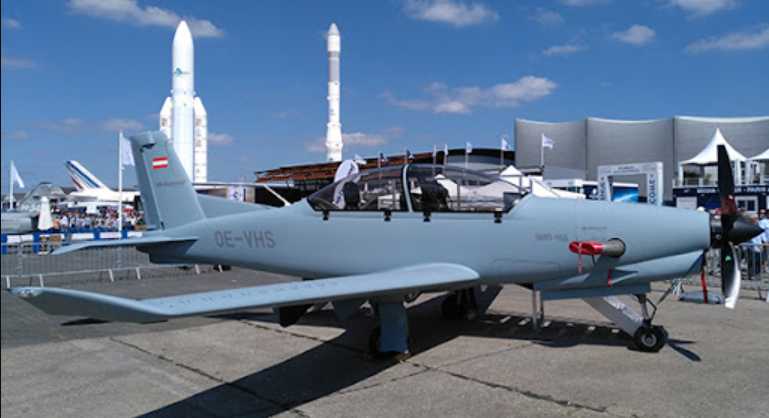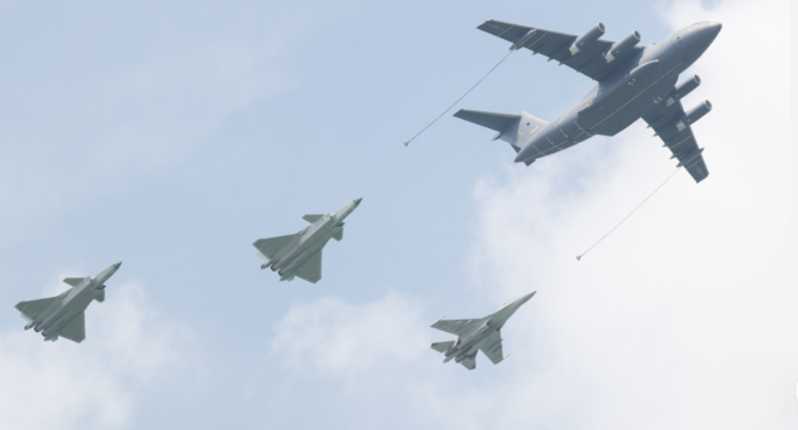Since 1966, the U.S. Navy has been using the old Grumman C-2 Greyhound as a carrier onboard delivery (COD) on aircraft carriers. It is also the main model of the entire aircraft carrier fleet’s air transport force, carrying personnel, spare parts, mail and other necessities between the rear base and the aircraft carrier.
C-2 Greyhound is a derivative model of Grumman’s E-2 Hawkeye early warning aircraft platform. It has the same wings and power parts but a wider fuselage. The rear of the fuselage also adds a ramp for cargo loading and unloading. It can carry up to 26 passengers or 4.5 tons (10,000 pounds) of cargo, and the maximum range is about 1,300 nautical miles (2,400 kilometers). Between 1966 and 1968, all 17 C-2 Greyhounds in the first order were delivered to the U.S. Navy.
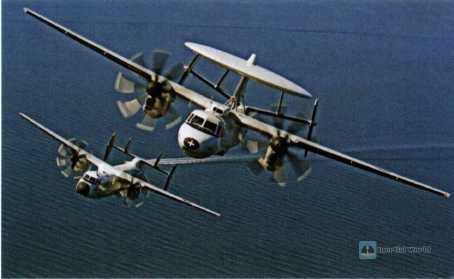
The largest and heaviest aircraft takeoff and landing on aircraft carriers
The C-2 Greyhound carrier-based transport aircraft has always been a "want to replace but cannot be replaced" in the minds of the US Navy. Although the Greyhound has an oversized size (such as the F404 engine of the F/A-18 fighter) and the ability to carry heavy cargo, its biggest disadvantage is its lack of range. Starting from the US mainland, it is not enough to cover the aircraft carrier formations deployed in the Pacific and Indian Oceans. Therefore, when the Greyhound was put on board, the US Navy began to consider seeking a large carrier-based transport aircraft that could better complement it or even directly replace it. This is the MMVX plan. In the 1970s and 1980s, Grumman and Lockheed continued to explore and try to improve the C-2 Greyhound and S-3 Viking to meet the needs of the US Navy. There were also plans by civil aircraft manufacturers represented by Fokker, Douglas and Boeing, trying to transform their F28, DC-9, Boeing 737-200 and other jet aircraft for use on ships. So, do the latter, which are relatively larger civil aircraft, have the possibility of being put on ships?
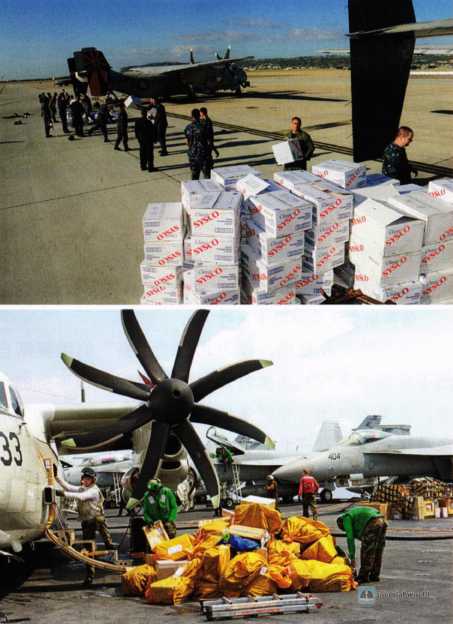
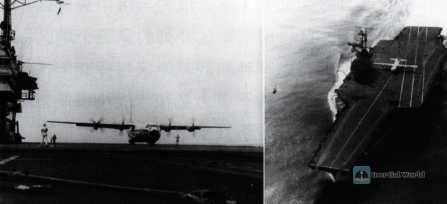
What supports this possibility is that the US Navy sent a KC-130F transport aircraft to successfully complete 21 sea takeoff and landing tests on the CVA-59 "Forrestal" in November 1963. The test showed that the C-130 can take off and land on an aircraft carrier without a tail hook and arresting cable, or a steam catapult; the C-130 can fully transport 11 tons of cargo to an aircraft carrier 4,000 kilometers away, and its carrying capacity and range, the two core indicators, are far superior to the "Greyhound".
Although the test proved the feasibility of the C-130 as a "super carrier-based transport aircraft", considering the size of the C-130 and the large amount of deck space it occupies, taking off and landing on an aircraft carrier will inevitably affect other operations on the ship, increasing the risk of accidents. In addition, the C-130’s size cannot enter and exit the aircraft carrier hangar through the side elevators, so the C-130 was not put on board in the end. But this test undoubtedly became the factual basis for supporting the potential of civil airliners to be put on board.
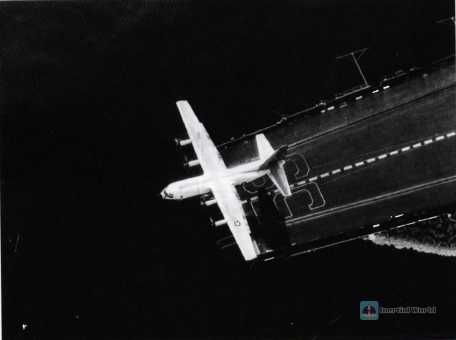
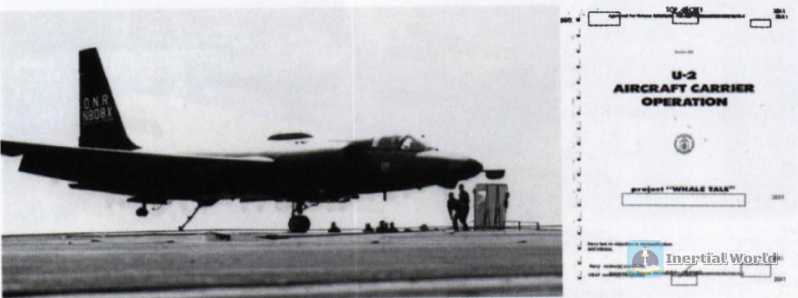


Fokker is serious about passenger planes on aircraft carriers
For passenger planes on aircraft carriers, Fokker is undoubtedly the most serious among the three companies, Fokker, McDonnell Douglas and Boeing, as can be seen from the actual progress of the F28 project, more public information left and detailed disclosures (such as product manuals). Fokker’s carrier-based solution uses its regional airliner F28 Mk.5000. In the product introduction, Fokker repeatedly emphasized that the F28 The Mk.5000 is not "big" in terms of its body size, especially the wingspan, which is an aircraft parameter related to the safety of carrier-based aircraft take-off and landing, and whether the width of the catapult take-off area and the angled deck landing area is sufficient. The wings of the F28 are only 10 inches (25.4 cm) wider than the Greyhound. As for the "compatibility" between carrier-based aircraft and aircraft carriers, Fokker’s data uses the A-3 "Sky Warrior", one of the largest carrier-based aircraft in the US Navy and known as the "whale", as a reference coordinate, emphasizing that since the A-3 can be deployed and used on the 30,000-ton "Essex" class aircraft carrier built during World War II, then the deployment and operation of the F28 Mk.5000 on the larger 60,000-ton CV-59 "Forrestal" large aircraft carrier will not be a problem at all.
For the carrier-based F28, its main changes include redesigned landing gear, especially the heightened front landing gear, which raises the nose, thereby increasing the angle of attack of the wing and improving take-off performance; the wings are foldable, a cargo door is added to the front left side of the fuselage, a landing tail hook is added to the tail, and the planned replacement of the "Spey" turbofan engine with Rolls-Royce’s RB.183 or the non-afterburning version of the F404 turbofan engine of the F/A-18 "Hornet". Fokker is also considering adding an aerial refueling probe to the left side of the nose of the carrier-based F28 to further increase the range. In addition, another noteworthy change on the carrier-based F28 is the additional hanging point under the wing, where a hose refueling pod can be hung, so that two fighters can be refueled in the air at the same time. This is also Fokker’s ambition for the carrier-based F28. It is not only a carrier-based transport aircraft, but also a "universal platform" on US aircraft carriers. It can be equipped with different types of mission payloads to take on roles such as aerial refueling aircraft, early warning aircraft, electronic reconnaissance aircraft, and communication aircraft.
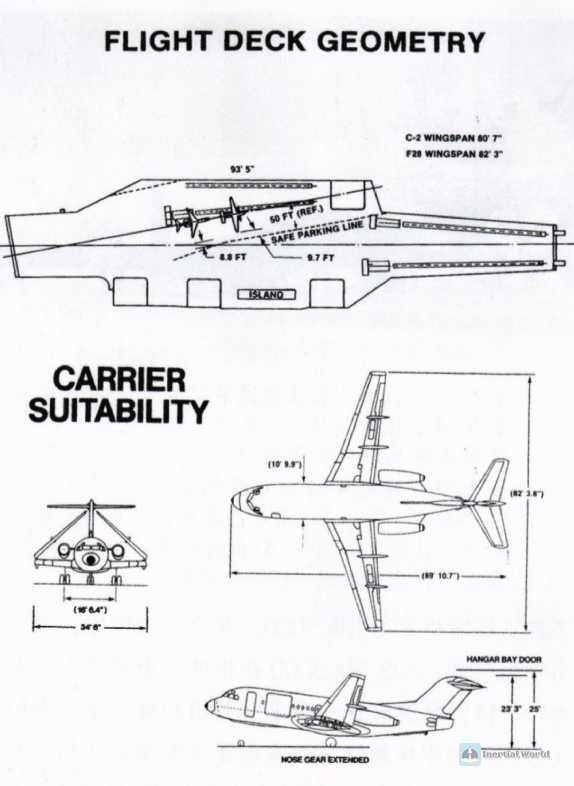
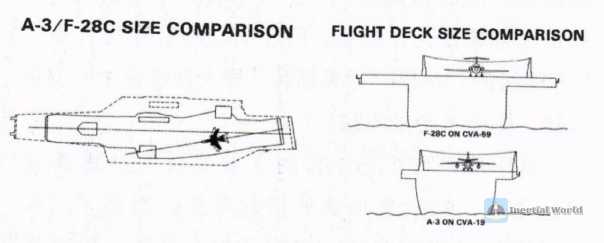
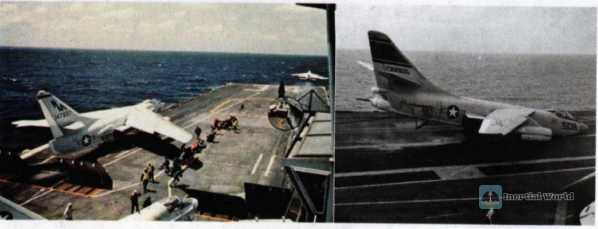
Fokker’s carrier-based F28 project started in the early 1970s and has been carried out intermittently for more than ten years. There are also substantial test results: the head of the Fokker flight department drove the F28 to simulate approaching the aircraft carrier many times and obtained the F28 The flight data on route control, maneuverability, control stability, pilot vision, etc. during the carrier landing approach phase. Even the tester said, "The sea was calm, the carrier was stable, and there was almost no floating. I could easily land on the deck of the carrier."
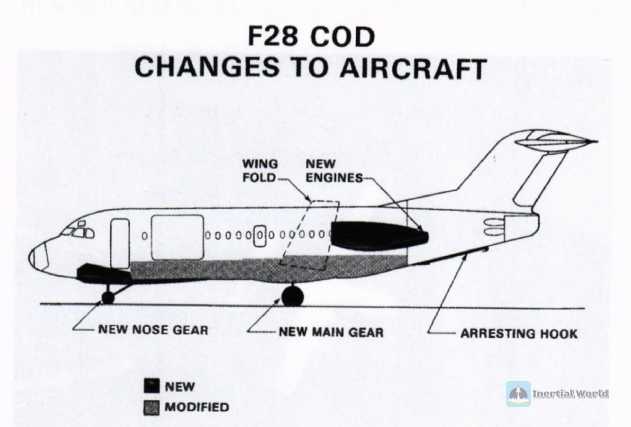
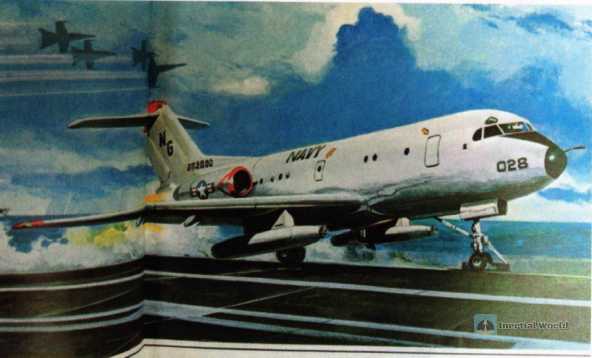
Although, in the selection of carrier-based transport aircraft of the US Navy in the 1970s, the carrier-based F28 did not win the favor of the US Navy, but in 1983, the US Navy remembered the Fokker F28 in Europe. At the Amsterdam factory of Fokker and the Sigonella Naval Air Station in Italy, the US Navy completed the flight evaluation of the F28, evaluating its carrying capacity and The S-3 Viking has a range and "has the potential to perform shipboard transport, refueling or airborne early warning missions." However, the US Navy did not reach any substantive contract with Fokker this time.
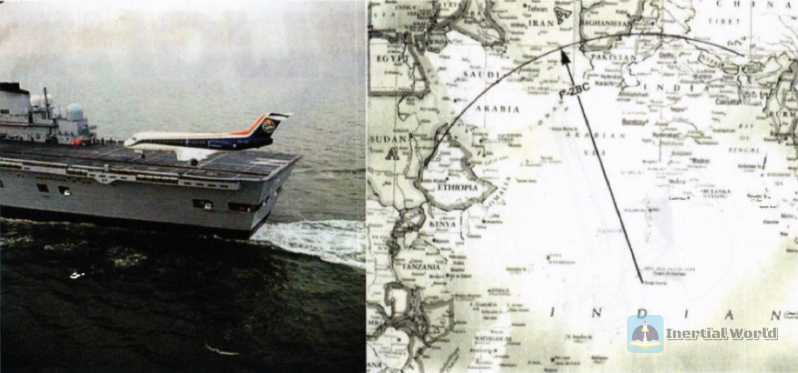
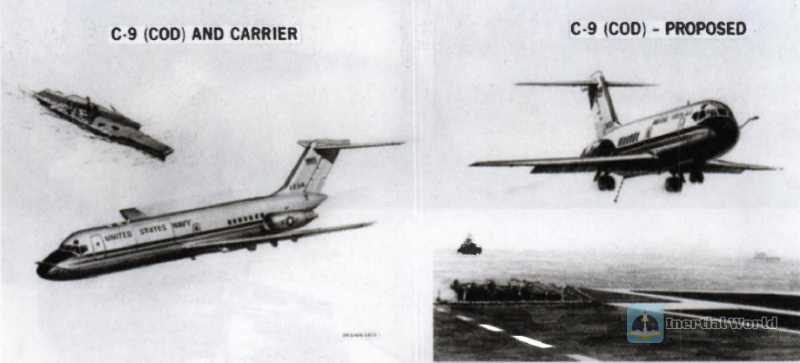

McDonnell Douglas DC-9 and Boeing 727, 737 also want to be on board
So, similar to the carrier-based solution of Fokker F28, the design of McDonnell Douglas DC-9 carrier-based model also focuses on landing gear, foldable wings, cargo door, refueling probe, tail hook, underwing hanging point (hook hose refueling pod), power removal of reverse thrust device and improved avionics, etc. The most intuitive change is also the front landing gear. The newly designed front landing gear is moved back 12.5 feet (3.8 meters) and the front landing gear strut is extended, so that the DC-9 carrier-based model can have a 6° nose-up angle of attack during takeoff to enhance takeoff performance.

In addition to the proposals of Fokker and McDonnell Douglas, we can also see two concept drawings of Boeing passenger aircraft around the MMVX bidding, which seems to be just a very early idea. One concept drawing shows a Boeing 737-200 equipped with the iconic device of "carrier-based" - the tail hook, and the other concept drawing depicts a Boeing 727 with the US Navy logo flying over the "Forrestal" class aircraft carrier. Apart from this, there is no more accurate technical details about these two carrier-based passenger aircraft.
Only in the book "Legend and Legacy: The Story of Boeing and Its Employees" published by Boeing in the early years, there are only a few words about this. Boeing’s test pilots successfully completed the test on the aircraft carrier deck test runway at the US Air Force Base on Whidbey Island in a T-43 (the military code for the Boeing 737) navigator training aircraft. Combined with theoretical calculations, they concluded that the Boeing 737-200 can take off from an aircraft carrier with flaps fully extended without the aid of a catapult, and with engine reverse thrust, there is no need to use a landing hook during landing.
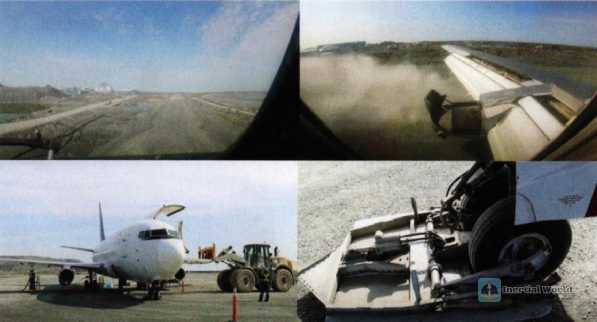
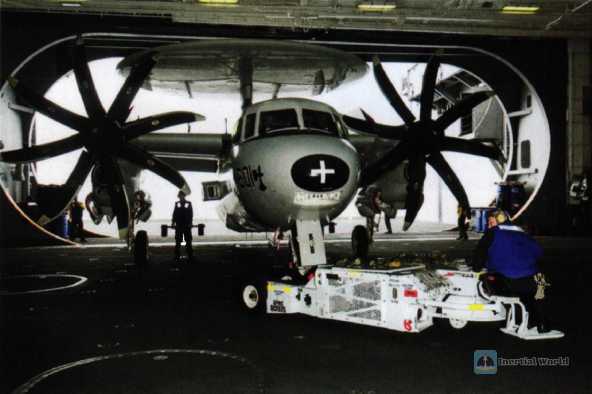

In this way, after failing to take a fancy to the plan of civil airliners on board, and being dissatisfied with the major modification plans of C-2 Greyhound and S-3A Viking, the current situation faced by the US Navy in the 1980s is: of the 19 C-2 Greyhounds purchased in the first batch, only 12 are left after completing the life extension upgrade and transforming into C-2A, and the comprehensive retirement of C-1 Trader carrier-based transport aircraft has made the carrier-based transport force even more stretched. Finally, the U.S. Navy chose to resume production of the C-2 Greyhound and ordered another 39 aircraft. Fortunately, Grumman’s E-2 Hawkeye early warning aircraft production line was still in operation at this time, which reduced the difficulty of resuming production of the C-2 to a certain extent.

The most reliable solution is to transform the S-3A to complement the C-2
Perhaps, Lockheed recognized the success of Grumman’s E-2 Hawkeye in deriving the C-2 Greyhound. In the mid-to-late 1970s, Lockheed modified 6 US-3A carrier-based transport aircraft (nicknamed "Miss Peggy") based on the S-3A Viking anti-submarine patrol aircraft. Piggy), as a transport platform for long-range, high-priority, small cargo that needs to be delivered quickly on an aircraft carrier. These six US-3As are all affiliated with the VRC-50 Fleet Tactical Support Squadron. Relying on the S-3A "Viking", an anti-submarine patrol aircraft platform with a crew of four, after removing the two-person seats in the back row and related equipment for anti-submarine missions, the US-3A suddenly has a large amount of internal space, which can accommodate six passengers, or up to about 2.1 tons (4,680 pounds) of cargo. Although the US-3A cannot transport cargo like the Greyhound, which can accommodate oversized cargo such as engines, the US-3A’s main feature is that it can fly faster as a jet transport aircraft, and its maximum range can reach 2,800 nautical miles (5,200 kilometers), and it also retains the ability to refuel in the air. The main service objects of these six US-3As are the US aircraft carrier fleets deployed in the Western Pacific. They are also often seen deployed at the US military base in Diego Garcia in the Indian Ocean. They also participated in the Gulf War and served until 1998.

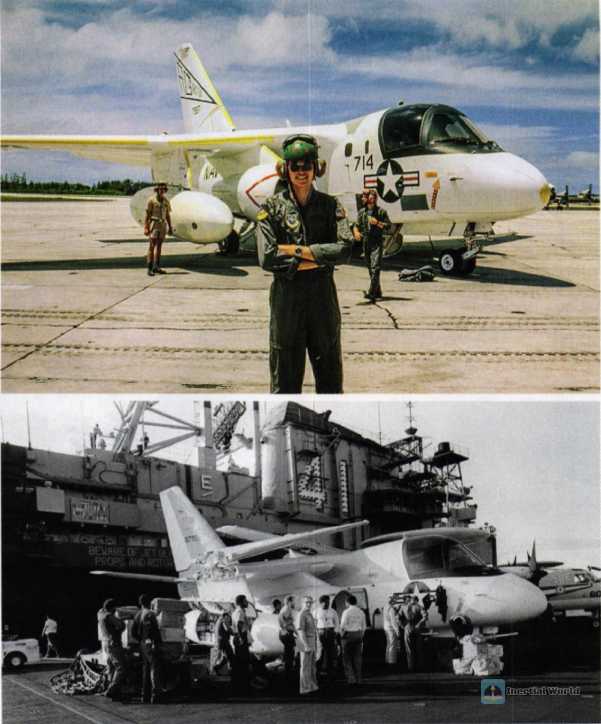
Lockheed and Grumman’s obsession--"old trees bloom new flowers’
As mentioned above, in the early 1980s, the US Navy had to continue to order C-2 Greyhound when its carrier-based transport force was in short supply. So how to make up for its inherent shortcomings? The US Navy considered adding aerial refueling capabilities to the C-2 Greyhound to directly extend its range. However, this improvement was not available in the subsequent 250 The conclusion drawn from many test flights was that due to the inherent operating quality of the C-2 Greyhound, it was not suitable for aerial refueling operations, so the plan had to be abandoned.
Compared to the minor modification of aerial refueling, both Grumman in the 1970s and 1980s and Northrop Grumman, which later merged with Northrop to become a giant, have been promoting their The "low-cost" major modification plan for the C-2 Greyhound is to replace the jet engine with a Greyhound. Whether it is a 4-engine or 2-engine Greyhound 21 plan, they all use turbofan engines to replace the Allison T56 turboprop engines and transform into a "all-rounder" on US aircraft carriers, which can be used for anti-submarine, anti-ship, electronic warfare, transportation and aerial refueling.


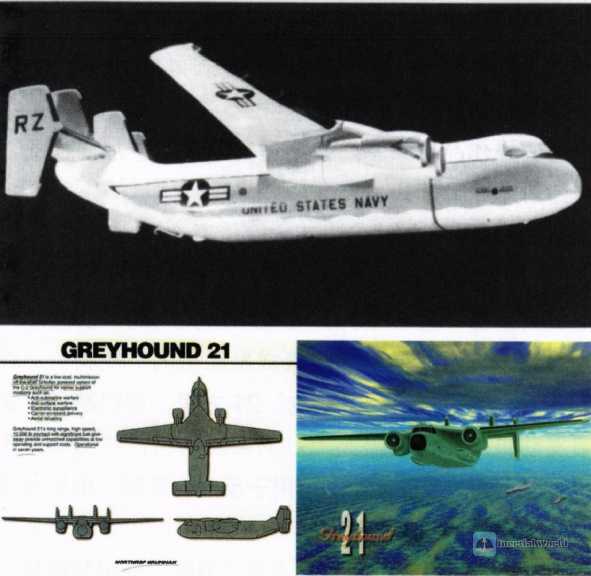
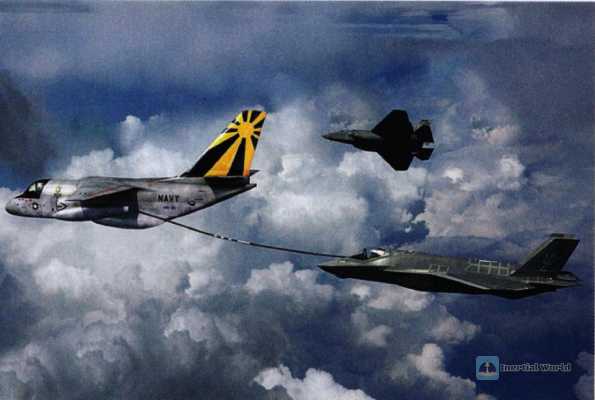
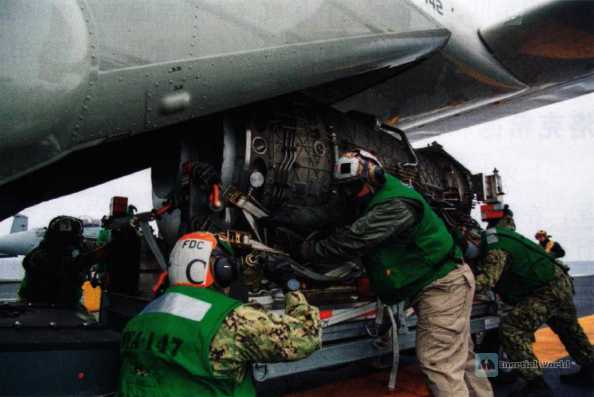
Lockheed Martin is also obsessed with old models and trying to "make new flowers on old trees". In the early 1970s, Lockheed planned to launch a lengthened version of the S-3A was used as the new carrier-based transport aircraft of the US Navy. More than half a century later, in the 2010s, even though the S-3A "Viking" had long been retired and parked in the "aircraft graveyard" in the Tucson desert, Lockheed Martin proposed a major transformation of it around 2014, turning it into the C-3 carrier-based transport aircraft, the successor to the C-2 "Greyhound".
Lockheed Martin said that the average life of these retired S-3A "Viking" aircraft bodies is about 9,000 flight hours. So, by replacing them with a brand new fuselage with a carrying capacity basically equivalent to that of the C-2, and continuing to use the original wings, tail, engine and cockpit of the S-3A, they can "rebuild" a C-3 carrier-based transport aircraft at a very low cost. Such a C-3 carrier-based transport aircraft maintains the same carrying capacity as the C-2A Greyhound, but will have a large range. Even the 4,400-kilometer range without refueling is twice that of the C-2 Greyhound, which can meet the needs of the US Navy.
In this regard, we later saw that this "old tree" in Lockheed Martin’s heart did not bloom new flowers. In the end, the US Navy announced that it would replace the 27 C-2A Greyhounds in service with 38 CMV-22B Osprey tilt-rotor aircraft. It is expected that by 2024, the C-2A Greyhound will finally no longer need to deliver express to aircraft carriers.


